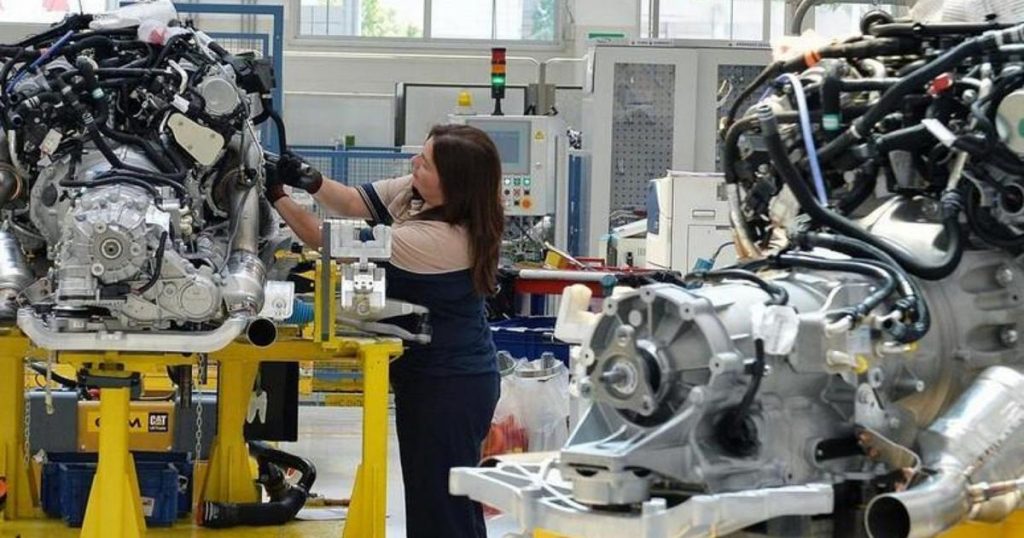The Italian economy is accelerating, with a growth of 0.3% in the first quarter of 2024 compared to the previous three months, revised down from 0.1% to 0.2%. This data, reported by Istat based on preliminary estimates, shows a year-on-year increase in GDP of 0.6%. The first quarter of 2024 saw three more working days compared to the previous quarter and the same number of working days as in the first quarter of 2023. This positive trend marks the third consecutive increase after a decline in the second quarter of 2023.
In the first quarter of 2024, all sectors, including agriculture, forestry, fisheries, industry, and services, contributed to the overall increase in GDP. While the national component showed a negative contribution, the net foreign component made a positive impact. The Eurozone and the EU27 also experienced a 0.3% growth in GDP compared to the previous quarter, as reported by Eurostat. In the fourth quarter of 2023, the Eurozone had a 0.1% decline in GDP. On an annual basis, the Euro area’s GDP increased by 0.4% in the first quarter of 2024 compared to the same period in 2023, while the EU as a whole saw a 0.5% growth. Ireland achieved the best quarterly performance with a 1.1% increase, followed by Lithuania, Latvia, and Hungary with a 0.8% rise, with Italy at 0.3%. Only Sweden reported a negative result with a 0.1% decline.
The positive growth in the Italian economy is attributed to increased value added in all sectors during the first quarter of 2024. Despite the national component showing a negative contribution, the net foreign component had a positive impact on GDP growth. The Eurozone and the EU27 also experienced growth of 0.3% in GDP, reflecting a positive trend in the region. Moreover, the annual growth in GDP for the Euro area and the EU as a whole indicates a steady overall improvement in economic performance compared to the previous year. With some countries outperforming others, the overall picture shows a mixed but generally positive outlook for the European economy.
Eurostat’s data highlights the varying performance of European countries in the first quarter of 2024. Ireland, Lithuania, Latvia, and Hungary achieved significant quarterly growth, while Sweden was the only country to experience a decline. This emphasizes the diverse economic conditions across Europe, with some countries thriving while others face challenges. The uneven growth rates within the Eurozone and the EU27 reveal the complex dynamics at play in the region, influenced by factors such as domestic policies, international trade, and global market conditions. Understanding these disparities is crucial for policymakers and businesses to navigate the evolving economic landscape effectively.
Overall, the first quarter of 2024 has shown positive signs for the Italian economy and the wider European region. With increased GDP growth, particularly in certain sectors and countries, there is cause for optimism regarding economic recovery and expansion. However, challenges remain, such as the ongoing impact of the pandemic, geopolitical uncertainties, and structural issues within individual economies. By monitoring and addressing these challenges, policymakers and businesses can work towards sustaining and enhancing economic growth in Italy and the broader European context. As the year progresses, continued attention to economic trends and developments will be essential to ensure a resilient and flourishing economic environment for all.


